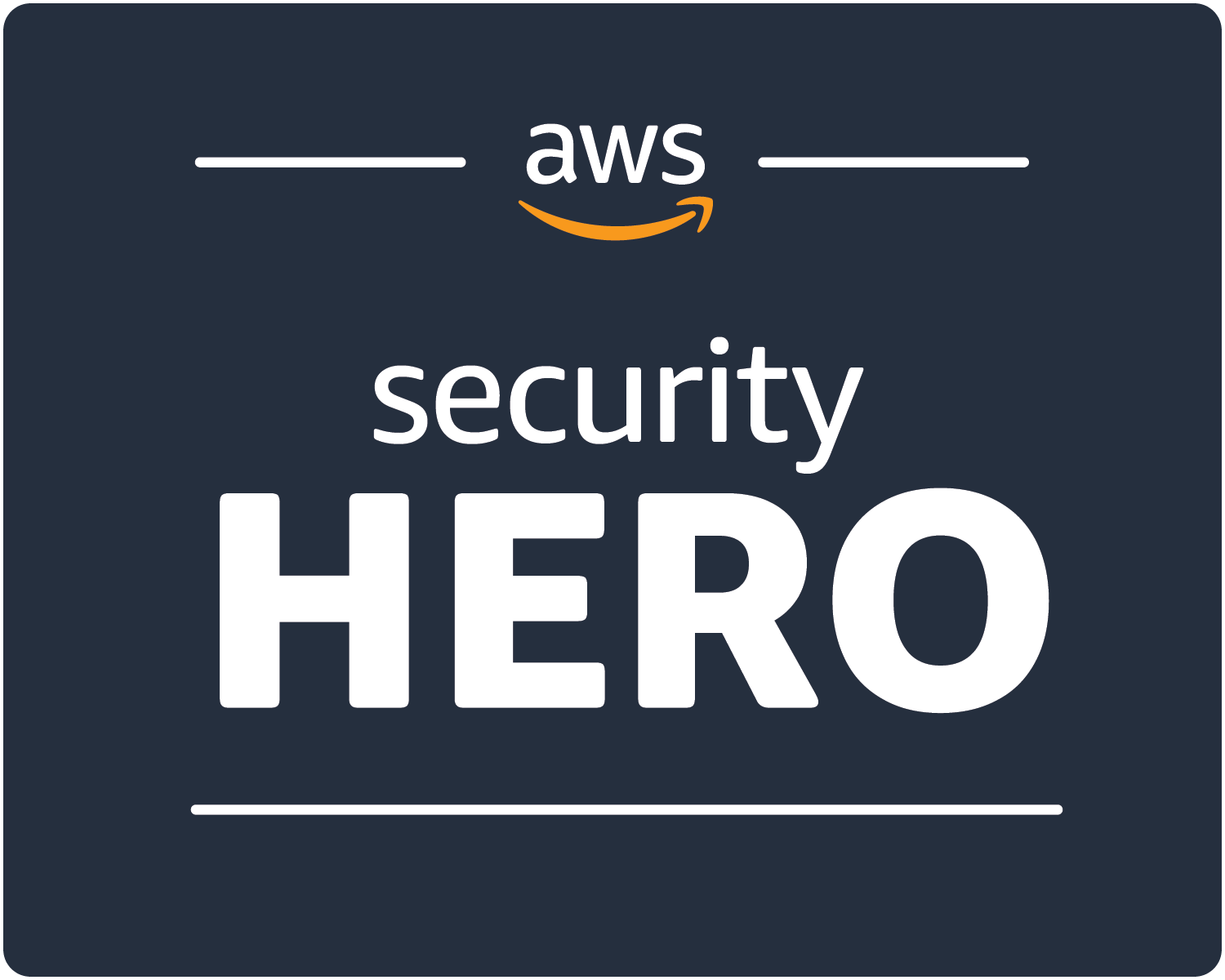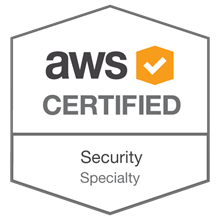Towards the end of the year I read a top-10 list of cloud security threats for 2019 and it had me thinking about the Cloud Security risks that people are not talking about. I can’t find that original list, and I’ve been sitting on this post for the last two months.
So with out further ado, here is my take on cloud security risks you’re not reading about in the press.





